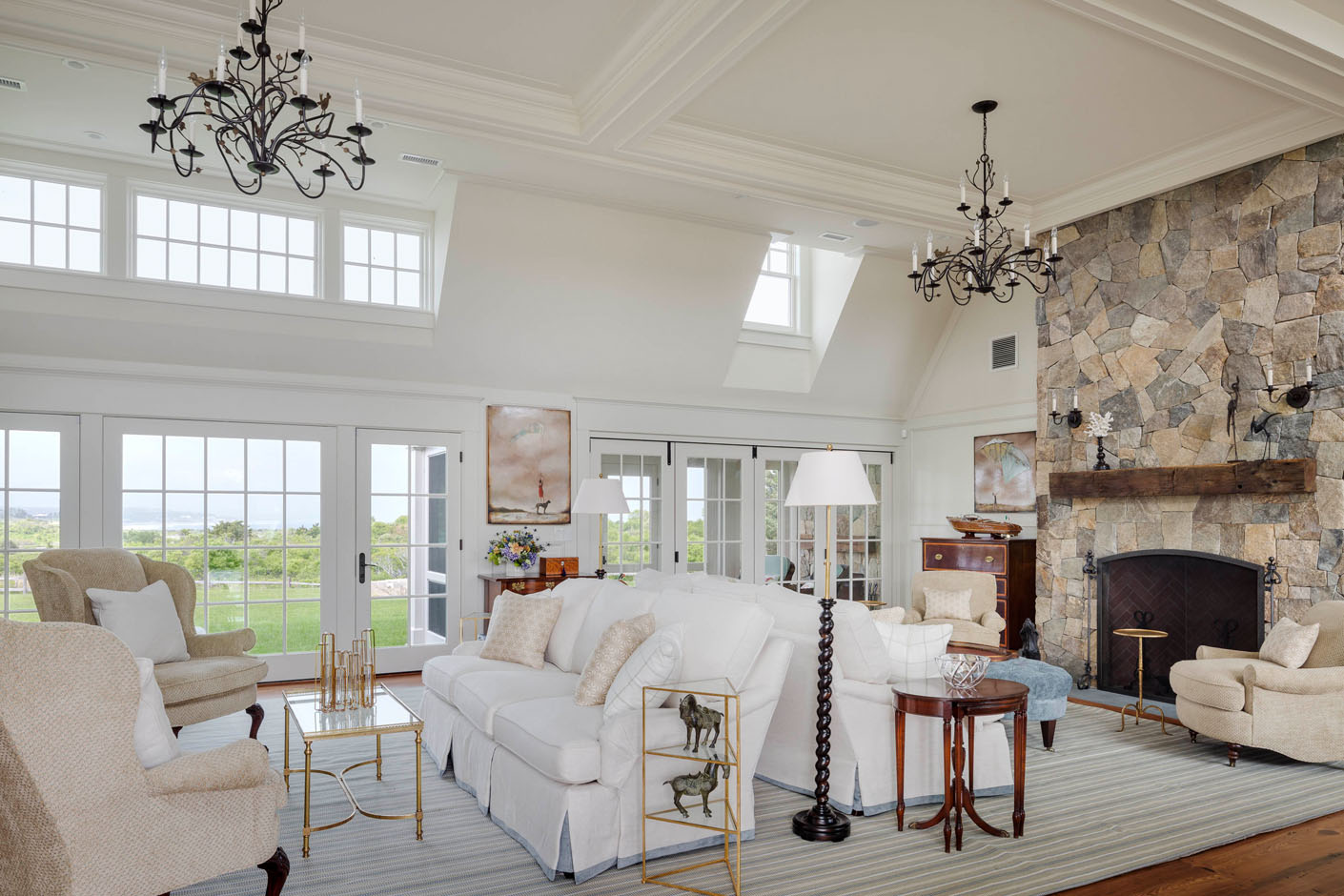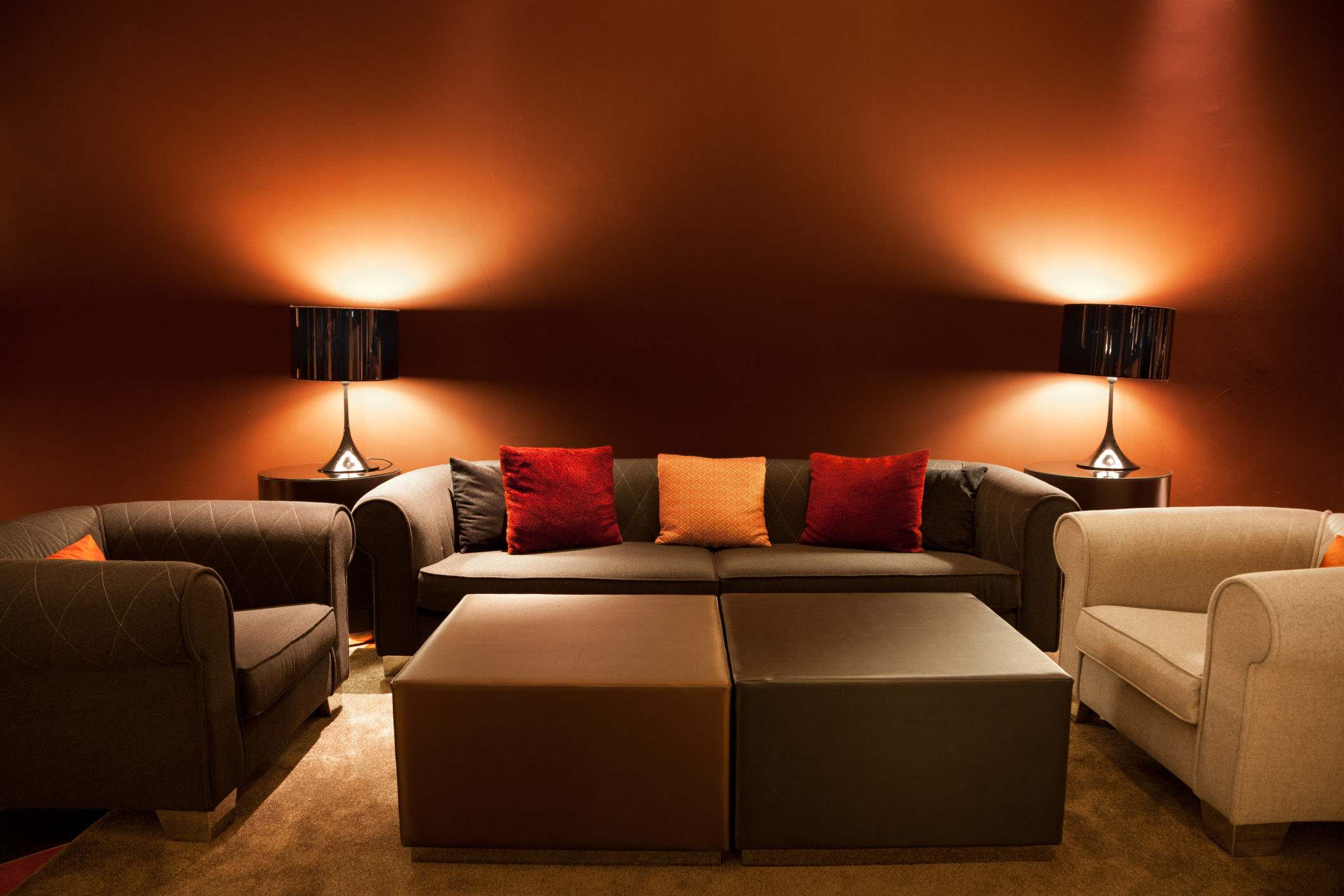Standard Ceiling Heights for Residential Rooms
When it comes to the height of a living room, there is a standard measurement that is typically used for most residential rooms. This measurement is usually determined by building codes and can vary depending on the location and type of building. The standard ceiling height for a residential room is typically around 8-9 feet. This is considered to be a comfortable height for most people and allows for easy installation of standard-sized doors and windows.
How to Measure the Height of a Room
If you are unsure of the exact height of your living room, there are a few simple steps you can take to measure it accurately. First, you will need a measuring tape or yardstick. Stand in one corner of the room and extend the measuring tool to the opposite corner, making sure it is straight and not slanted. Measure from the floor to the highest point of the ceiling. This will give you the height of the room in feet. Repeat this process for each corner of the room and take an average to get the most accurate measurement.
Optimal Ceiling Height for a Living Room
While the standard ceiling height for a residential room is 8-9 feet, the optimal height for a living room can vary depending on personal preference and design choices. Some homeowners may prefer a higher ceiling for a more spacious and grand feel, while others may prefer a lower ceiling for a cozy and intimate atmosphere. The optimal height for a living room is often determined by the overall size and layout of the room, as well as the style and function of the space.
Factors That Affect the Height of a Living Room
There are several factors that can affect the height of a living room, including the type of building, the location, and the architectural design. For example, a historic building may have lower ceilings due to the limitations of construction methods at the time it was built. In contrast, a modern building may have higher ceilings to create an open and airy feel. The location of the building can also impact ceiling height, as buildings in areas with extreme weather conditions may have higher ceilings to allow for proper insulation and ventilation.
How to Increase the Height of a Living Room
If you have a living room with a lower ceiling than you would like, there are a few ways to increase its height. One option is to remove any drop ceilings or false beams that may be hiding the actual height of the room. Another option is to raise the ceiling by adding an extension or additional levels to the building. However, these options can be costly and may require professional assistance. Alternatively, you can create the illusion of a higher ceiling by using paint, lighting, and decor techniques.
Average Height of a Living Room in Feet
While the standard ceiling height for a residential room is 8-9 feet, the average height of a living room can vary depending on the age and style of the building. Older homes may have lower ceilings, while newer homes may have higher ceilings. Additionally, homes in different regions may have different average ceiling heights. For example, homes in the Midwest may have lower ceilings compared to homes in the South, where taller ceilings are popular.
Designing a Living Room with High Ceilings
If you have a living room with higher ceilings, there are a few design tips you can follow to make the most of the space. One way to create a visually appealing room is to use tall furniture pieces, such as bookshelves or cabinets, to balance out the height of the ceiling. Another option is to use bold and eye-catching artwork or statement lighting fixtures to draw the eye upwards and showcase the height of the room. Additionally, using vertical design elements, such as floor-to-ceiling drapes or a tall indoor plant, can help create a cohesive and balanced look.
Calculating the Volume of a Living Room Based on Height
The volume of a room is the amount of space enclosed by the walls, floor, and ceiling. To calculate the volume of your living room, you will need to know the height, length, and width of the room. Multiply these three measurements together to get the total volume in cubic feet. This can be useful when determining the amount of air conditioning or heating needed for the room or when planning for furniture placement and storage.
Importance of Ceiling Height in Living Room Design
The height of a living room ceiling can greatly impact the overall design and feel of the space. A higher ceiling can make a room feel more open and spacious, while a lower ceiling can create a more intimate and cozy atmosphere. Additionally, the height of the ceiling can affect the amount of natural light that enters the room, which can impact the overall mood and ambiance. When designing a living room, it is important to take into consideration the ceiling height and how it will influence the overall look and feel of the space.
Recommended Height for Hanging Artwork in a Living Room
When hanging artwork in a living room, the height at which it is placed can greatly impact its visual impact. A general rule of thumb is to hang artwork at eye level, which is typically around 57-60 inches from the floor. However, this can vary depending on the height of the ceiling and the size of the artwork. For example, if you have a higher ceiling, you may need to hang the artwork slightly higher for it to be visually balanced in the room.
The Importance of the Height of Your Living Room in House Design

Why is the Height of Your Living Room Important?
 When it comes to designing a house, every aspect holds significance. From the color of the walls to the placement of furniture, every detail contributes to creating a harmonious and functional space. One element that often gets overlooked is the
height of the living room
. However, this is a crucial factor that can greatly impact the overall design and feel of your home.
Related keyword: living room height
When it comes to designing a house, every aspect holds significance. From the color of the walls to the placement of furniture, every detail contributes to creating a harmonious and functional space. One element that often gets overlooked is the
height of the living room
. However, this is a crucial factor that can greatly impact the overall design and feel of your home.
Related keyword: living room height
Creating a Sense of Space
 The height of your living room plays a significant role in creating an illusion of space. A room with a low ceiling can feel cramped and suffocating, while a room with a higher ceiling can feel open and airy. By
optimizing the height of your living room
, you can create a more spacious and inviting atmosphere that will make your home feel larger than it actually is.
Related keyword: optimizing living room height
The height of your living room plays a significant role in creating an illusion of space. A room with a low ceiling can feel cramped and suffocating, while a room with a higher ceiling can feel open and airy. By
optimizing the height of your living room
, you can create a more spacious and inviting atmosphere that will make your home feel larger than it actually is.
Related keyword: optimizing living room height
Allowing for Natural Light
 Another important consideration when it comes to the height of your living room is natural light. Natural light not only brightens up a space but also makes it feel more welcoming and inviting. A taller living room allows for larger windows, which means more natural light can enter the room. This can also help you save on energy costs, as you won't have to rely on artificial lighting during the day.
Related keyword: natural light in living room
Another important consideration when it comes to the height of your living room is natural light. Natural light not only brightens up a space but also makes it feel more welcoming and inviting. A taller living room allows for larger windows, which means more natural light can enter the room. This can also help you save on energy costs, as you won't have to rely on artificial lighting during the day.
Related keyword: natural light in living room
Adding a Sense of Grandeur
 A higher ceiling also adds a touch of grandeur and elegance to a living room. It creates a sense of verticality, making the room feel more spacious and grand. This is especially beneficial if you have high-end furniture or artwork that you want to showcase.
Choosing the right height for your living room
can elevate the overall design of your home and make it feel more luxurious.
Related keyword: choosing living room height
A higher ceiling also adds a touch of grandeur and elegance to a living room. It creates a sense of verticality, making the room feel more spacious and grand. This is especially beneficial if you have high-end furniture or artwork that you want to showcase.
Choosing the right height for your living room
can elevate the overall design of your home and make it feel more luxurious.
Related keyword: choosing living room height
Ensuring Proper Ventilation
 Having a taller living room also allows for better ventilation. As hot air rises, a higher ceiling provides more space for it to disperse, keeping the room cooler and more comfortable. This is especially important in warmer climates, where proper ventilation is essential for a comfortable living environment.
Related keyword: ventilation in living room
Having a taller living room also allows for better ventilation. As hot air rises, a higher ceiling provides more space for it to disperse, keeping the room cooler and more comfortable. This is especially important in warmer climates, where proper ventilation is essential for a comfortable living environment.
Related keyword: ventilation in living room
Conclusion
 As you can see, the
height of your living room
is a crucial aspect of house design that should not be overlooked. It can greatly impact the overall look and feel of your home, as well as its functionality. So, if you're in the process of designing your home, make sure to carefully consider the height of your living room and its potential impact on your living space.
As you can see, the
height of your living room
is a crucial aspect of house design that should not be overlooked. It can greatly impact the overall look and feel of your home, as well as its functionality. So, if you're in the process of designing your home, make sure to carefully consider the height of your living room and its potential impact on your living space.































































































/tips-for-perfectly-placed-art-1976086-02-a4c4fefd1bdb42c1b1430e509472c32b.jpg)








